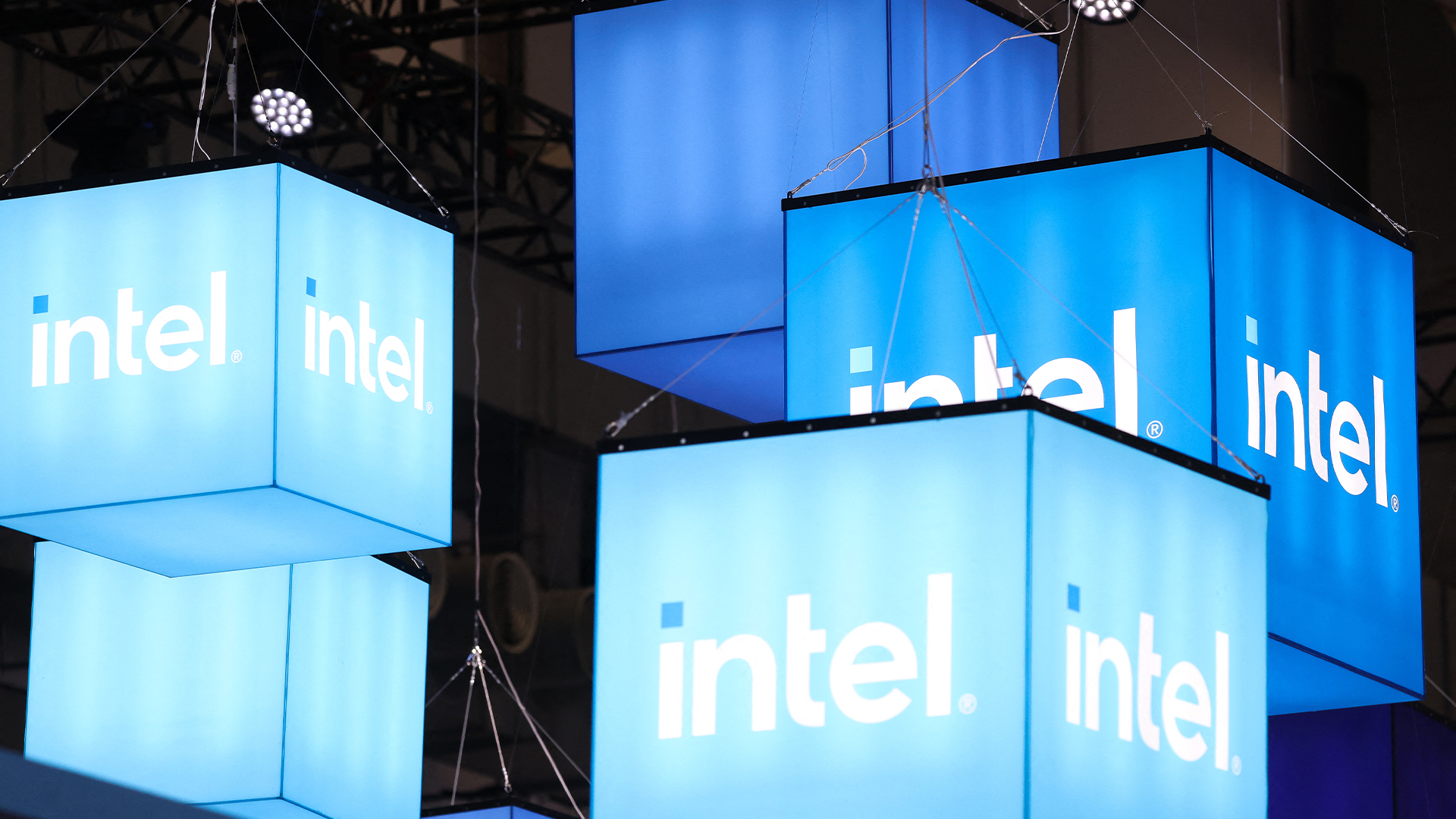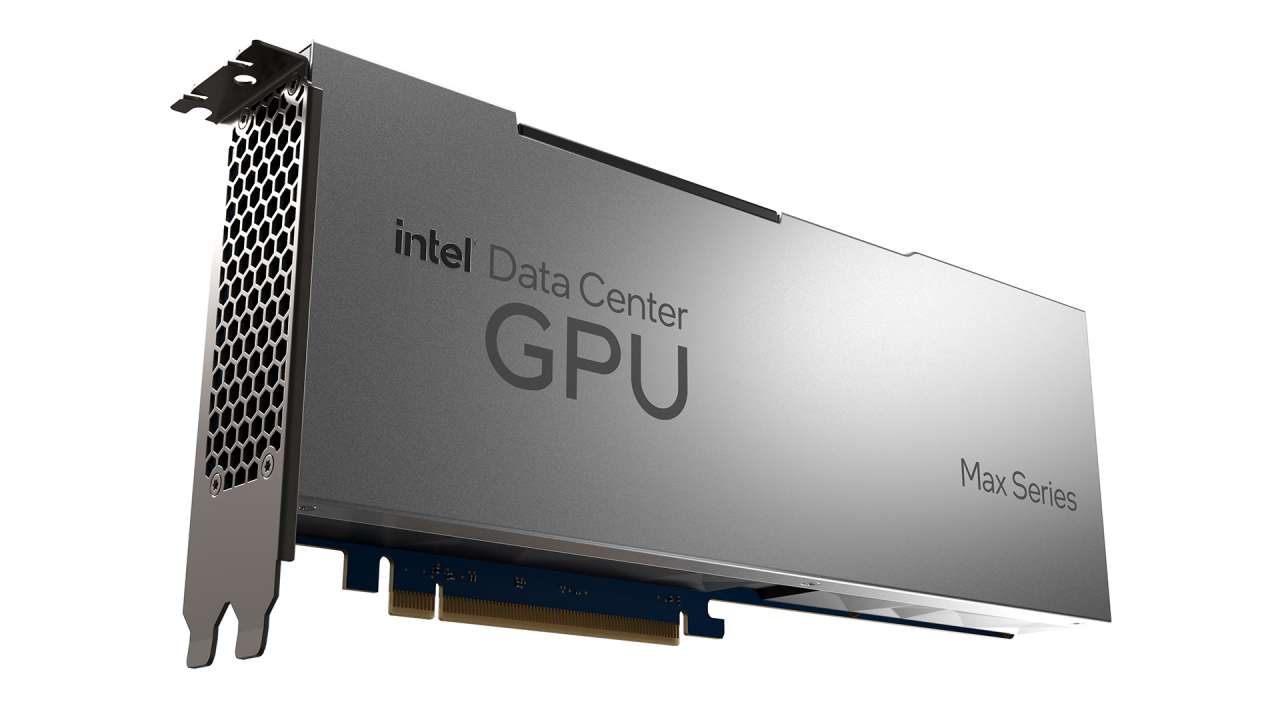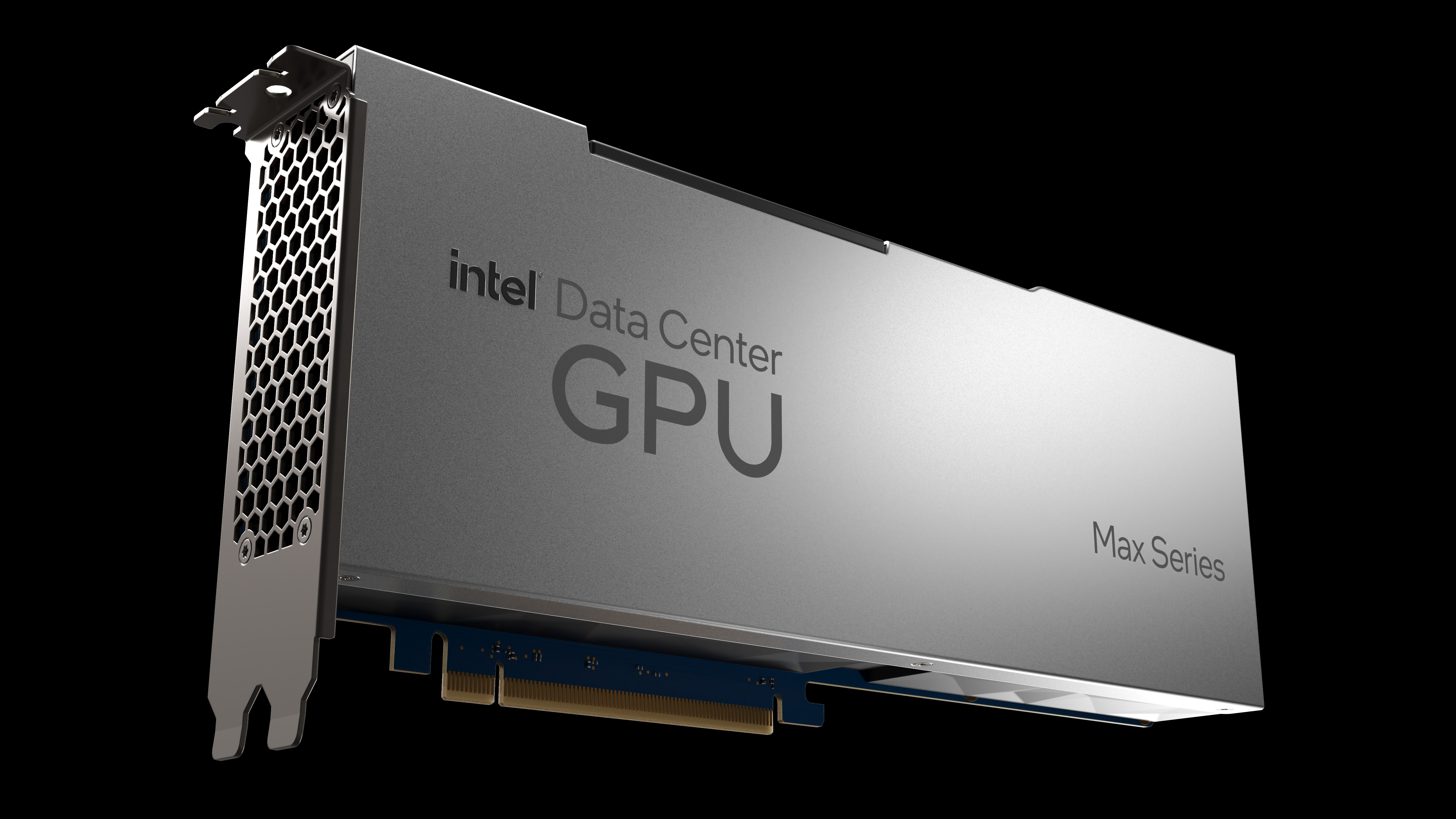Intel aiming for tablet design wins with global 4G support
Intel XMM 7160 modem supports 15 global high-speed internet bands.

Intel is trying to woo tablet manufacturers to use its Atoms chips by providing a single modem that is compatible with most global 4G networks.
The Intel XMM 7160 modem supports 15 of the world's 40+ 4G bands, allowing a single configuration to operate across major markets in Asia, Europe and the US.
"[With the XMM 7160] manufacturers of devices can serve the global market with a single global skew or small number of skews between one and three," explained Thomas Lindner, senior director of marketing & product planning at Intel, during the launch.
The modem is designed primarily for use within tablets, and is now shipping in the Samsung Galaxy Tab 3 across Europe and Asia. Intel also expects the modem to be built-into Ultrabooks and 2-in-1 devices going forward.
Despite providing high-speed internet connectivity, 4G has caused huge fragmentation issues in the wireless space.
The emergence of 40+ 4G (LTE) bands worldwide has created a developmental and logistical nightmare for device manufacturers as they have switch chipsets depending on different regions. In comparison, legacy connectivity such as 2G had four bands and 3G had five bands.
Despite Intel touting the advantage of using the XMM 7160, it may not be enough to trigger mass adoption of Atom-based processors.
Get the ITPro daily newsletter
Sign up today and you will receive a free copy of our Future Focus 2025 report - the leading guidance on AI, cybersecurity and other IT challenges as per 700+ senior executives
Qualcomm has been working hard to solve 4G fragmentation issues and its current Snapdragon series supports up to 10 bands. The firm has also built 4G directly onto chips and this makes them small enough to be included in smartphones as well as tablets. Qualcomm's chips are currently found in most high-end smartphones including prominent devices such as the Samsung Galaxy Note 3, Galaxy S4 and Sony Xperia Z1.
Intel has not revealed when it will launch Atom chips with 4G built-in, but they are on the roadmap. The firm has also kept quiet about plans to deploy Software-Defined-Radio technology - a platform that should allow one chip to work globally by configuring software.
Despite its perceived sluggishness to enter the mobile space, Lindner claimed that Intel is entering the 4G market "just as it's about to take off".
There are 166 million 4G subscribers in 2013 and this is expected to grow to over 1 billion in 2017, he added.
-
 Cleo attack victim list grows as Hertz confirms customer data stolen
Cleo attack victim list grows as Hertz confirms customer data stolenNews Hertz has confirmed it suffered a data breach as a result of the Cleo zero-day vulnerability in late 2024, with the car rental giant warning that customer data was stolen.
By Ross Kelly
-
 Lateral moves in tech: Why leaders should support employee mobility
Lateral moves in tech: Why leaders should support employee mobilityIn-depth Encouraging staff to switch roles can have long-term benefits for skills in the tech sector
By Keri Allan
-
 Accelerating business modernization
Accelerating business modernizationModernizing your infrastructure with the right servers can accelerate business transformation, enhance security, and future-proof your organization for tomorrow’s challenges
By Rene Millman
-
 Intel layoffs to hit 15,000 roles as falling revenue and poor returns on AI bite
Intel layoffs to hit 15,000 roles as falling revenue and poor returns on AI biteNews CEO Pat Gelsinger announced news of the Intel layoffs following a recent earnings call
By George Fitzmaurice
-
 Sustainable business starts with sustainable IT infrastructure
Sustainable business starts with sustainable IT infrastructureWhitepaper Reduce energy consumption without sacrificing performance with Intel and CDW
By ITPro
-
 Winning the data-centric digital business in this decade
Winning the data-centric digital business in this decadeWhitepaper Discover more about Dell’s adaptive, secure, and resilient portfolio for the digital business and win in this data-centric era
By ITPro
-
 Intel and Dell secure deal to build a digital twin of a UK fusion power plant
Intel and Dell secure deal to build a digital twin of a UK fusion power plantNews The simulation will be critical for meeting the ambitious goal of delivering fusion energy to the UK’s energy network in the 2040s
By Richard Speed
-
 Continuously modernize storage
Continuously modernize storageWhitepaper Modernize data storage to accelerate operations and digital business initiatives
By ITPro
-
 Intel pitches new 4th Gen Xeon chips as its "most sustainable" data centre processors
Intel pitches new 4th Gen Xeon chips as its "most sustainable" data centre processorsNews The chip giant suggested the launch of the 4th Gen Sapphire Rapids processors marks a turnaround in its recent history
By Bobby Hellard
-
 Intel unveils Max Series chip family designed for high performance computing
Intel unveils Max Series chip family designed for high performance computingNews The chip company claims its new CPU offers 4.8x better performance on HPC workloads
By Zach Marzouk